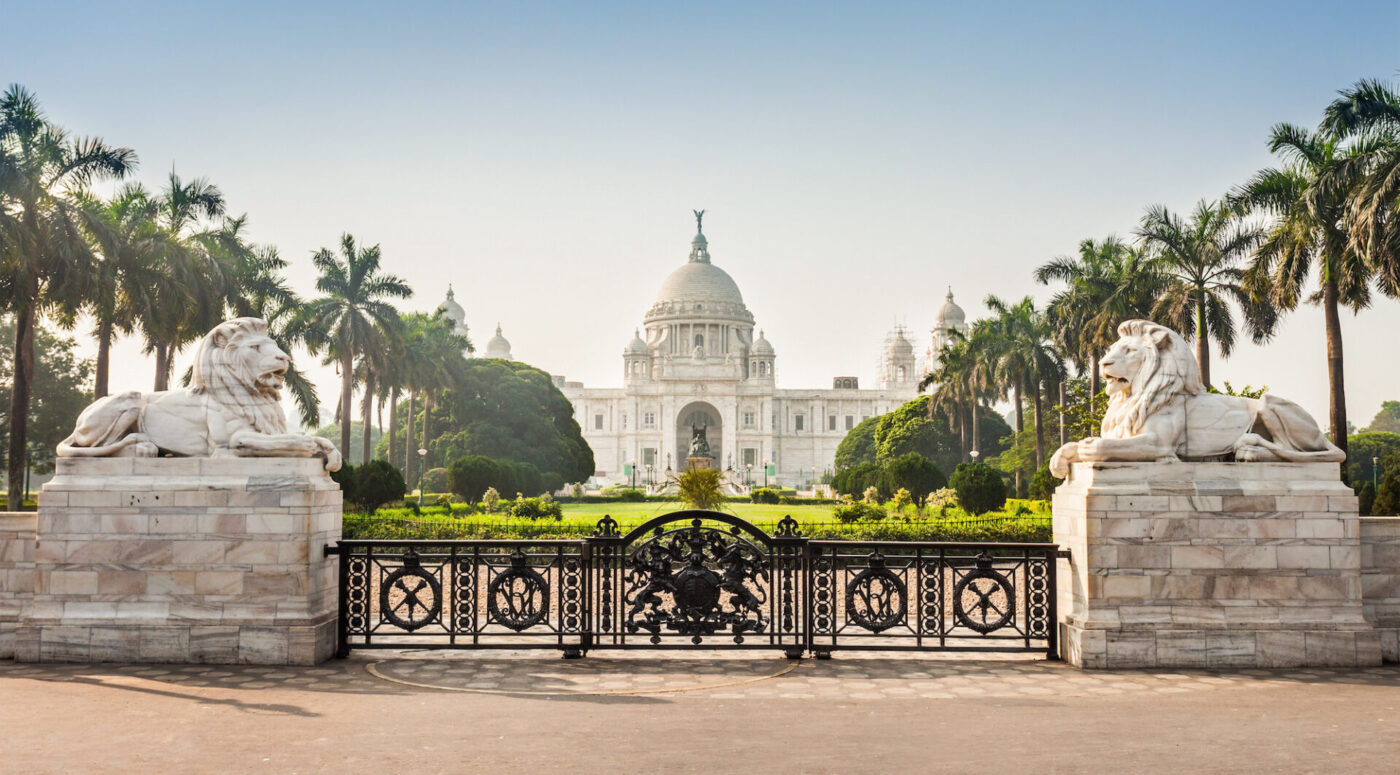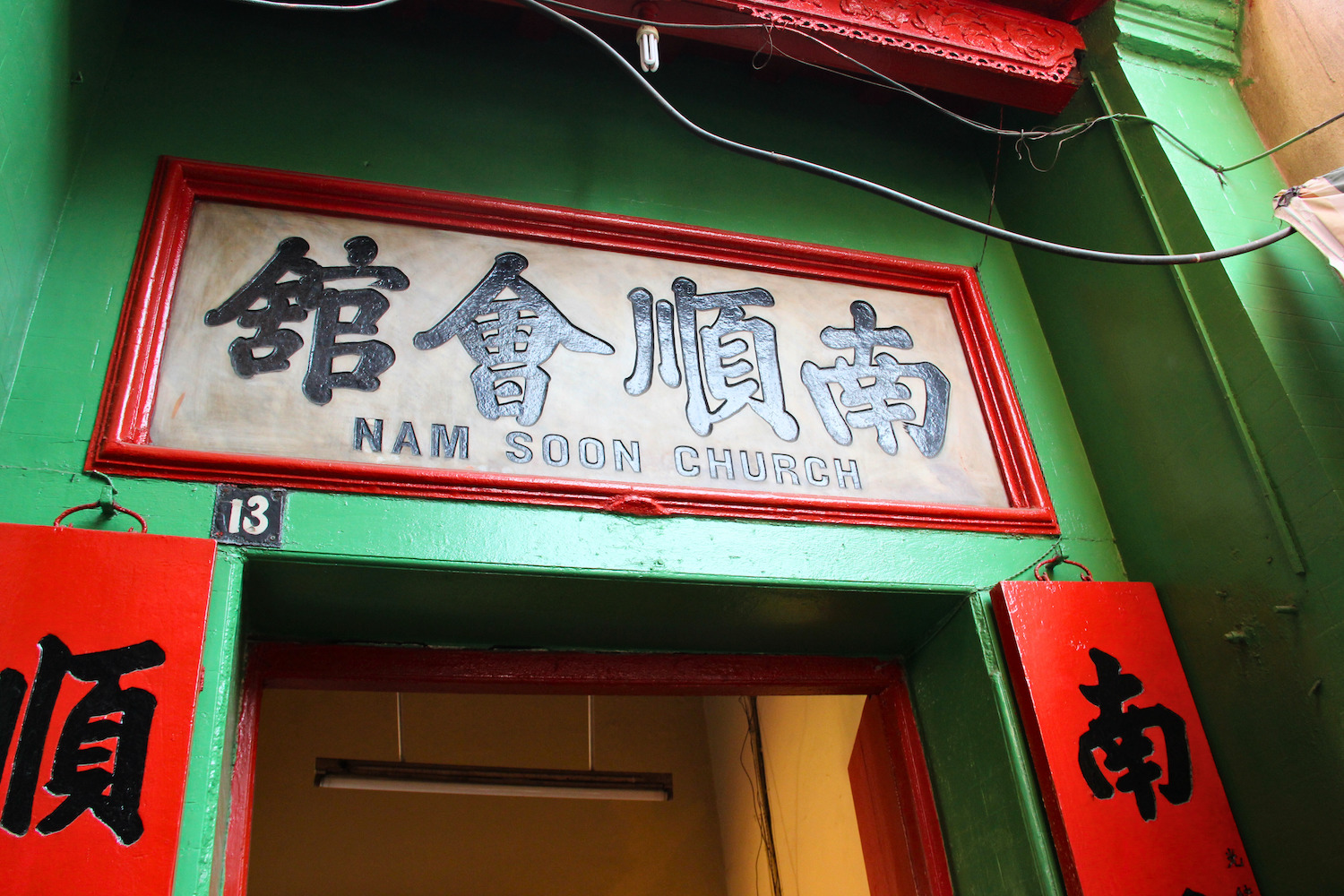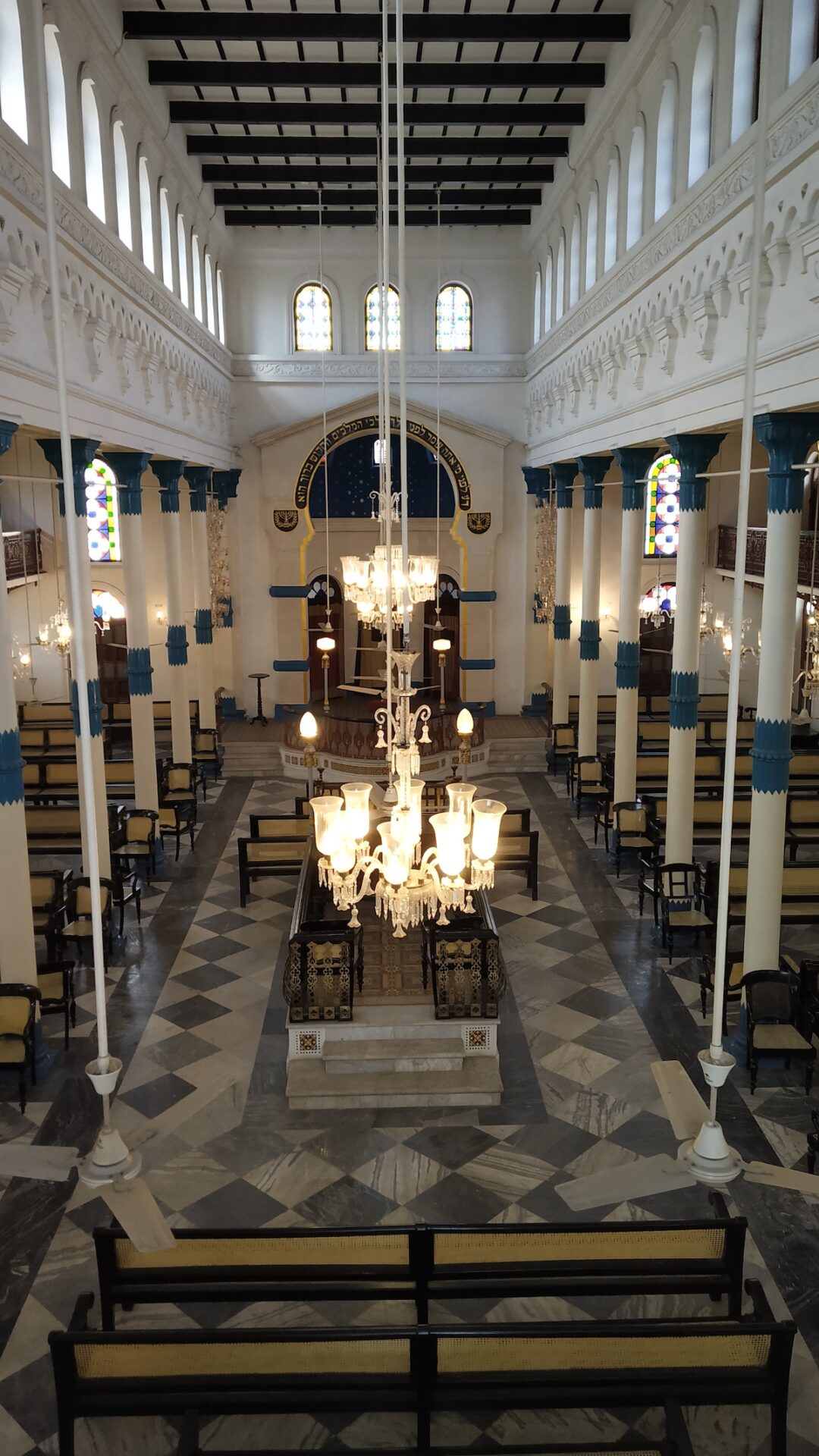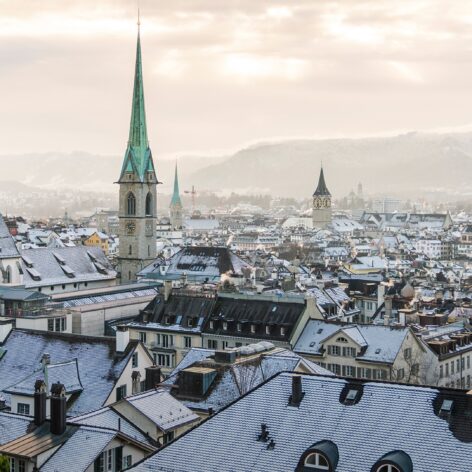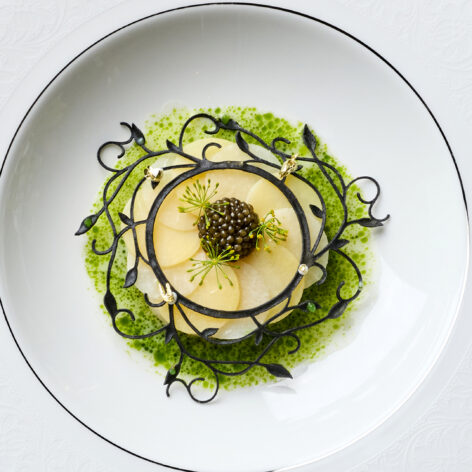India is a cultural melting pot – and nowhere is this clearer than in Kolkata. Having stood at the crossroads as empires swept into the country over hundreds of years, the city formerly known as Calcutta is today a tapestry of relics and ruins from disparate cultures.
Visitors to Kolkata can experience diverse cultures over just a day or two. From the colonial architecture of Dalhousie Square, to Chinatown’s delicious street eats, to the holy sites of Jewish and Armenian diasporas, here’s how to navigate Kolkata and its confluence of cultures.
Colonial architecture in Old Kolkata
Colonial flavour still peppers old Kolkata to this day, as the city was the capital of British India from 1772 to 1911 when political unrest caused the colonials to move the capital to Delhi.
Dalhousie Square, now called BBD Bagh, is home to grand structures such as the Writers’ Building, Town Hall and the General Post Office. Walk around this neighbourhood to observe the passage of time upon these historic buildings – some of which have aged gracefully, while others, with their peeling paint and crumbling walls, tell a different story.
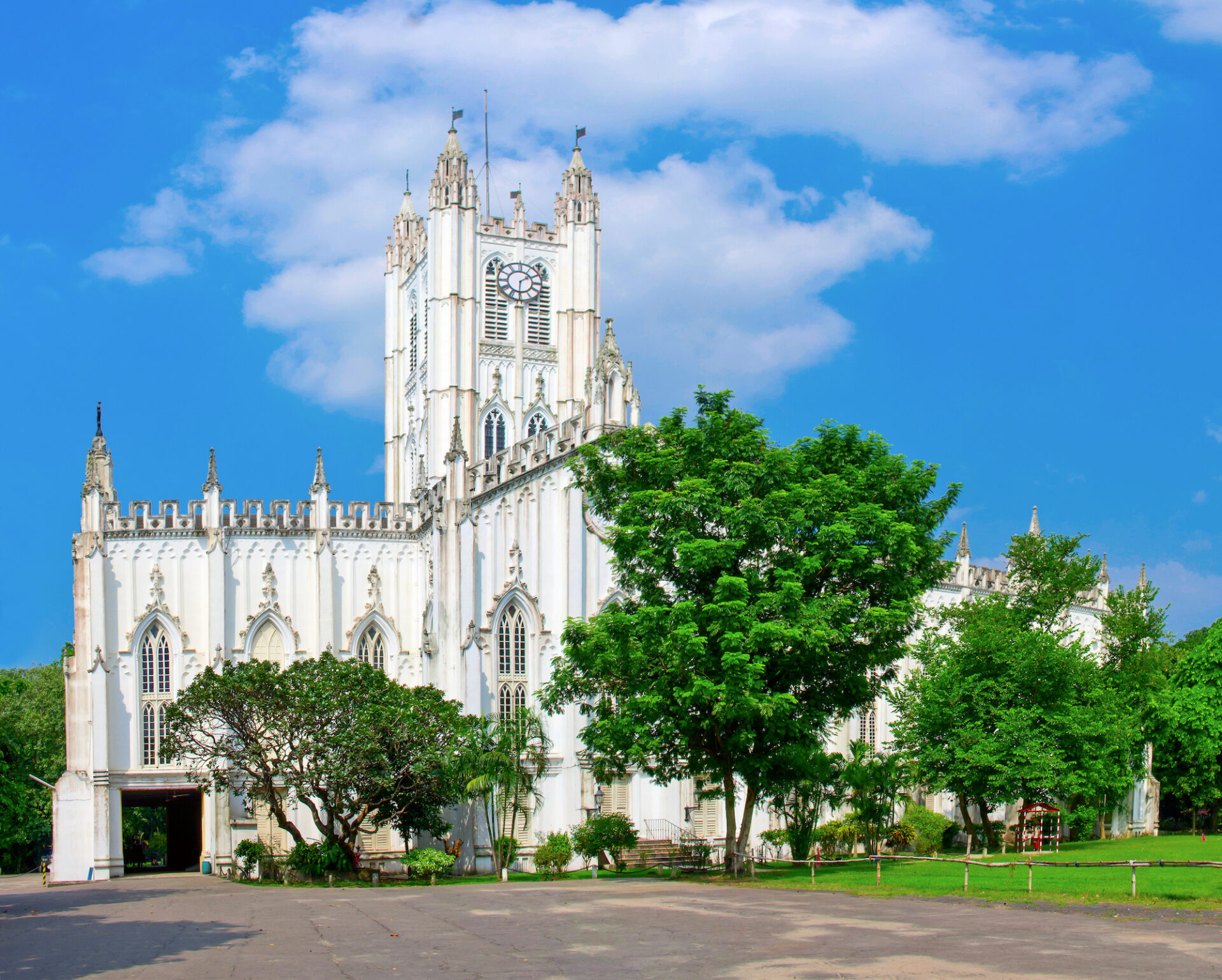
If Dalhousie Square tells of how the British ruled, then nearby Bow Barracks speaks of how they lived. A short walk from legendary cricket grounds Eden Gardens, six blocks of multi-level houses sit cheek by jowl, with red facades, green windows and fluttering curtains. Built for the British army during World War I, they were handed over to Anglo-Indian families when the soldiers left. Nearby also stands the late 18th-century St John’s Church, one of the oldest in the city, and the 19th-century St Paul’s Cathedral, a sprawling Gothic-style church.
Kolkata’s colonial flavour also lives on in certain establishments. Tearoom Flury’s and restaurant Mocambo are iconic for their European flair, while newer spaces offer a more nuanced experience. Raajkutir, an urban resort-style boutique hotel about six kilometers east of Dalhousie Square, offers a distinctive ambience of rajbari, a style of British-influenced architecture adopted by wealthy landowners. And at Jalsa, a new restaurant within the colonial Harrington Mansion, expect stained glass windows and and refurbished interiors that hark back to bygone eras.


